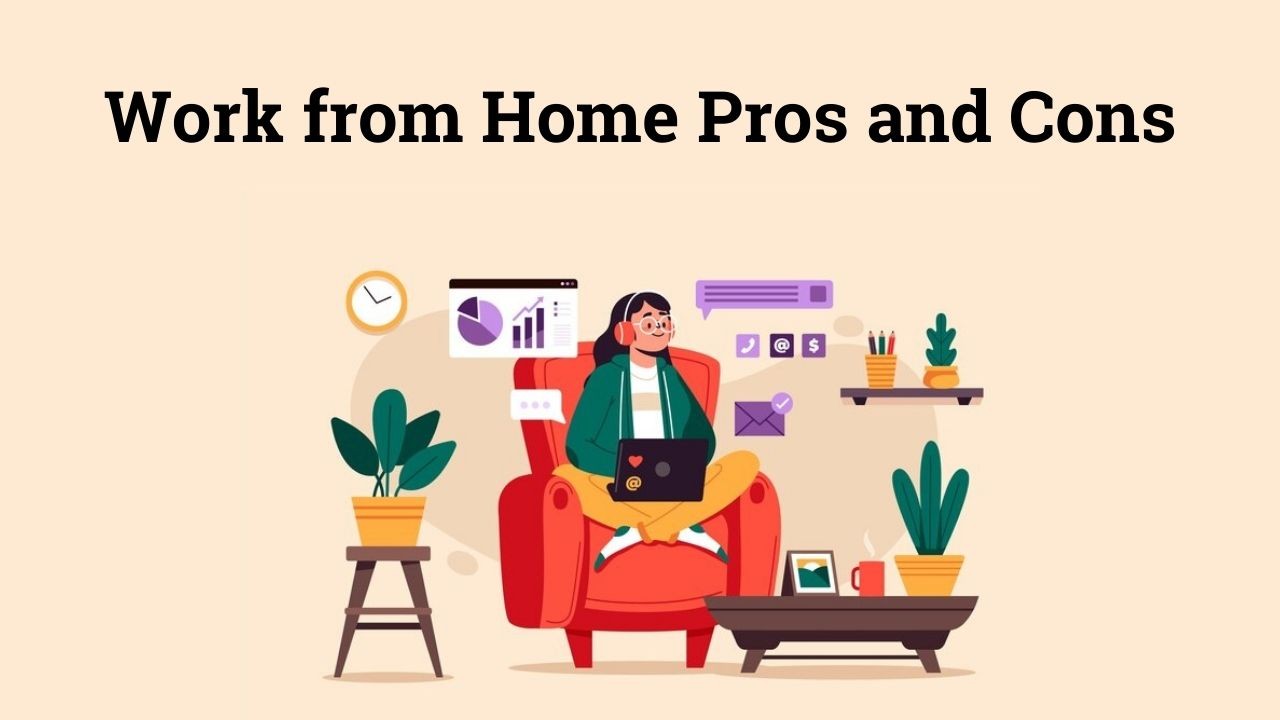As we move further into the digital age, the landscape of work continues to evolve. By 2025, remote work has become more than a trend—it’s a standard practice across various industries. With advanced tools, faster internet, and evolving workplace expectations, working from home (WFH) offers clear benefits. However, it’s not without its drawbacks. Here’s a balanced look at the pros and cons of working from home in 2025.
Pros of Working from Home
1. Flexibility and Work-Life Balance
One of the biggest advantages of WFH is the flexibility it offers. Employees can tailor their workday to fit personal needs—whether it’s picking up children, managing errands, or simply working during their most productive hours. This improved balance often leads to reduced stress and higher job satisfaction.
2. Time and Cost Savings
Commuting can be both time-consuming and expensive. By working from home, employees save on fuel, public transport, parking fees, and even food expenses. These savings add up significantly over time, leading to more disposable income and better time management.
3. Increased Productivity
Contrary to early doubts, many studies now show that remote workers can be more productive than their office-bound counterparts. With fewer office distractions and more autonomy, employees often get more done in less time—especially when equipped with the right tools.
4. Access to a Global Talent Pool
For employers, WFH opens the door to hiring talent from anywhere in the world. This diversity brings fresh perspectives and a broader skill set, while also reducing the need for large physical office spaces.
Cons of Working from Home
1. Isolation and Loneliness
Without daily social interactions, many remote workers experience feelings of isolation. Over time, this can lead to decreased morale and mental health challenges. Team bonding and casual conversations are harder to replicate virtually.
2. Distractions at Home
Not everyone has a dedicated home office. Household chores, family members, pets, and other distractions can interrupt focus. Maintaining boundaries between personal and professional life becomes essential but often difficult.
3. Communication Gaps
Even with tools like Zoom, Slack, and Microsoft Teams, virtual communication can be less effective than face-to-face interaction. Misunderstandings may arise, and building strong team relationships often takes more effort.
4. Security and Data Privacy Risks
As remote work expands, so do cybersecurity threats. Employees working from home may not have the same level of network security as corporate environments, making sensitive data more vulnerable.
Conclusion
Working from home in 2025 offers a world of convenience and opportunity, but it’s not a one-size-fits-all solution. The key lies in finding a hybrid balance that works for both employers and employees. Companies must invest in technology, communication strategies, and mental health support, while individuals need to create a structured, distraction-free environment. As remote work continues to evolve, adaptability will be the defining skill for success.

